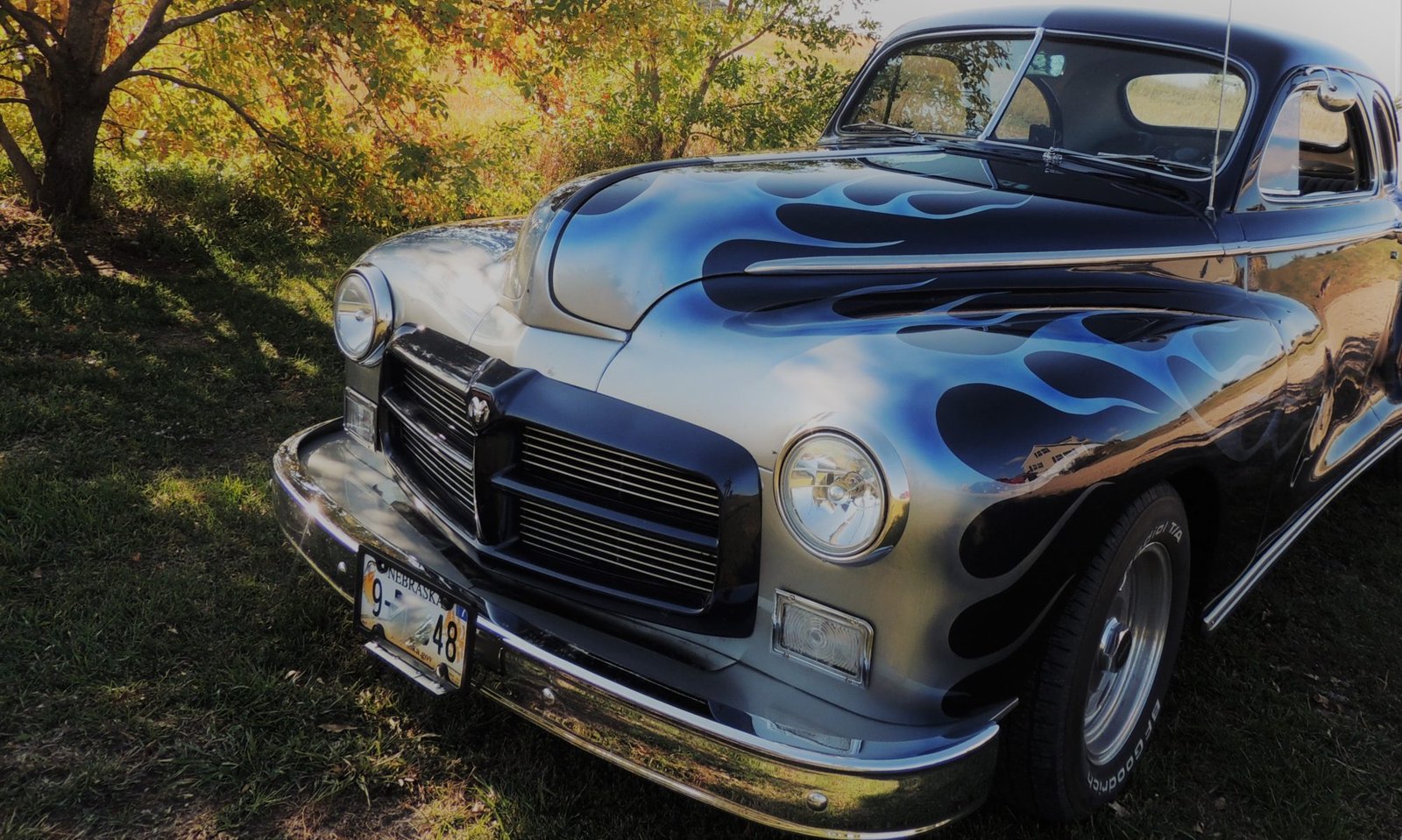
It is surprising how many of these 1933 Colorado UR license plate tags have survived the passage of years, especially since the program that spawned them was itself around for such a short period of time. What is in short supply, however, is readily available information about the history of these tags.
Colorado began issuing these UR automobile tags on September 1, 1933, as a means of raising “unemployment relief” funds in the midst of the Great Depression. The tags were purchased at the county courthouse, and the cost was based upon the value of the automobile, ranging from $2 for a car valued at less than $50 to a fee of $60 for a car valued at more than $5,000. The money collected was to be credited to a county emergency relief fund and expended by county commissioners for direct relief of the unemployed. When the fee was paid, the taxpayer was given the metal tag with instructions to affix it to the rear license plate of his or her car.
Enforcement was left up to the counties. The plan was for police officers to enforce the tax law in the same manner as regular motor license laws, meaning they could prevent a car from operating on public roads if the metal tag was not present on the rear license plate. The state also had a club to encourage enforcement; unless the law was enforced and the tax collected, other relief funds would be withheld from the county. Many civic organizations also got involved by making collection of the tax a major project, urging fellow citizens to pay it as evidence of “patriotism and good citizenship.” There was only one problem with this approach: the law was unconstitutional, and the Colorado Supreme Court ruled it as such the very next month. In Walker v. Bedford, a decision the American Automobile Association called “truly epochal,” the court ruled that the law violated two sections of the state constitution, one that prohibited the creation of a tax for county purposes, and one that prohibited any tax that was not uniform on all classes of property.
Car owners who had already paid the tax were issued refunds, but they were apparently allowed to keep the tags because there are so many still around. There are currently at least six listed for sale on eBay, and they do not command much of a price, probably because of the less than illustrious history.
Finally, just for fun, this is an excerpt from the January 8, 1933, issue of the Omaha World Herald highlighting some of the new automobiles offered for 1933.
























